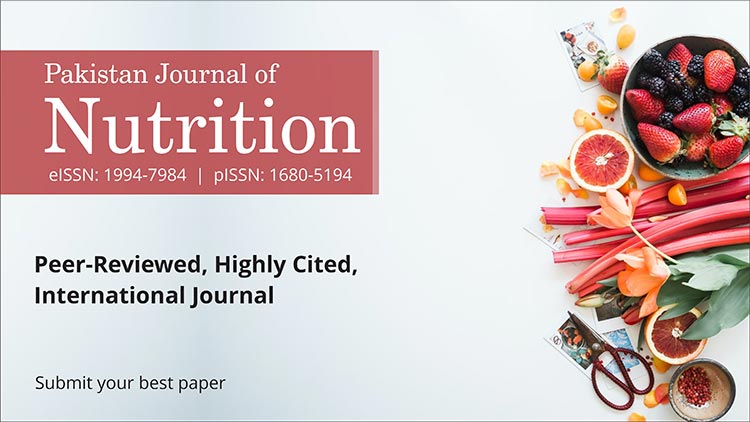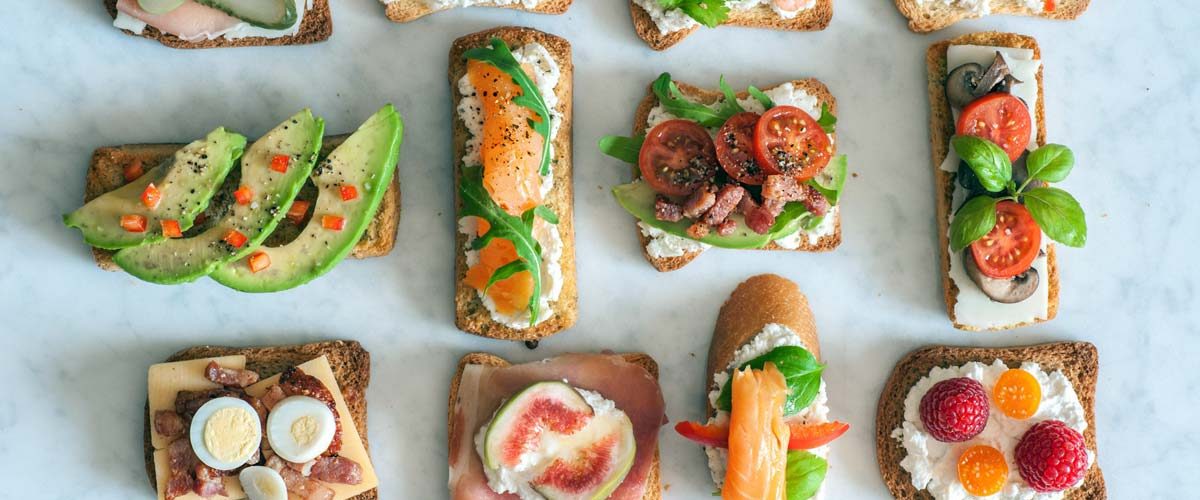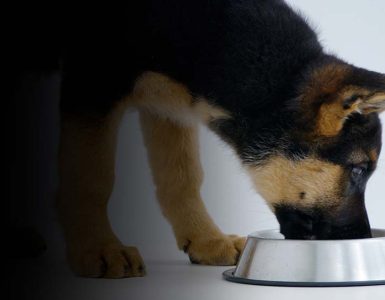Linda Hagen recently published an intriguing article in the Journal of Marketing, exploring the connection of healthier food and pretty appearance among the consumer.
Each year over 7000 food cafes and restaurants extensively market styled food for an appetizing appeal to the consumers. The concept of the agencies is to stimulate pleasure and indulgence by activating the brain reward center. However, these flawless advertisements in the long term can be proven as problematic triggers.
The gratified consumers often relate comfort food with healthiness; however, this is not evident for every item. Marketers imply a classical aesthetic concept characterized as the ideal patterns admired in nature, such as symmetry, order, and systematic patterns to link healthiness with prettiness. These ubiquitous nature patterns create the food depiction more lifelike and real. Thus, people intend to connect words like organic to healthy and wholesome while processed food to be considered unnatural. But what if the unhealthy was displayed as nutritious.

Linda Hagen pointed out that a series of experiments were conducted to picturise organic food without implying the classical aesthetic principles. The subjects rated prettier appearing food more than other irrespective of similar price and nutritional information. Thus, the authors concluded that appearance influences judgment and alter consumer behavior to purchase expensive food items.
Hagen proved “only classical representation of food product compared esthetic appearance triggers a relation of prettier food with healthiness.” For public advocates and marketers, this may be a way to divert the consumer towards healthier products; however, it may distort the nutritional value and negatively affect dietary decisions. Thus, the team recommended adding disclaimers to mute the food appearance’s effect on the buyer’s choice.
Policymakers should consider attaching a disclaimer to enable the consumer to link the prettier food appearance with nutritional value.
















It’s vert well